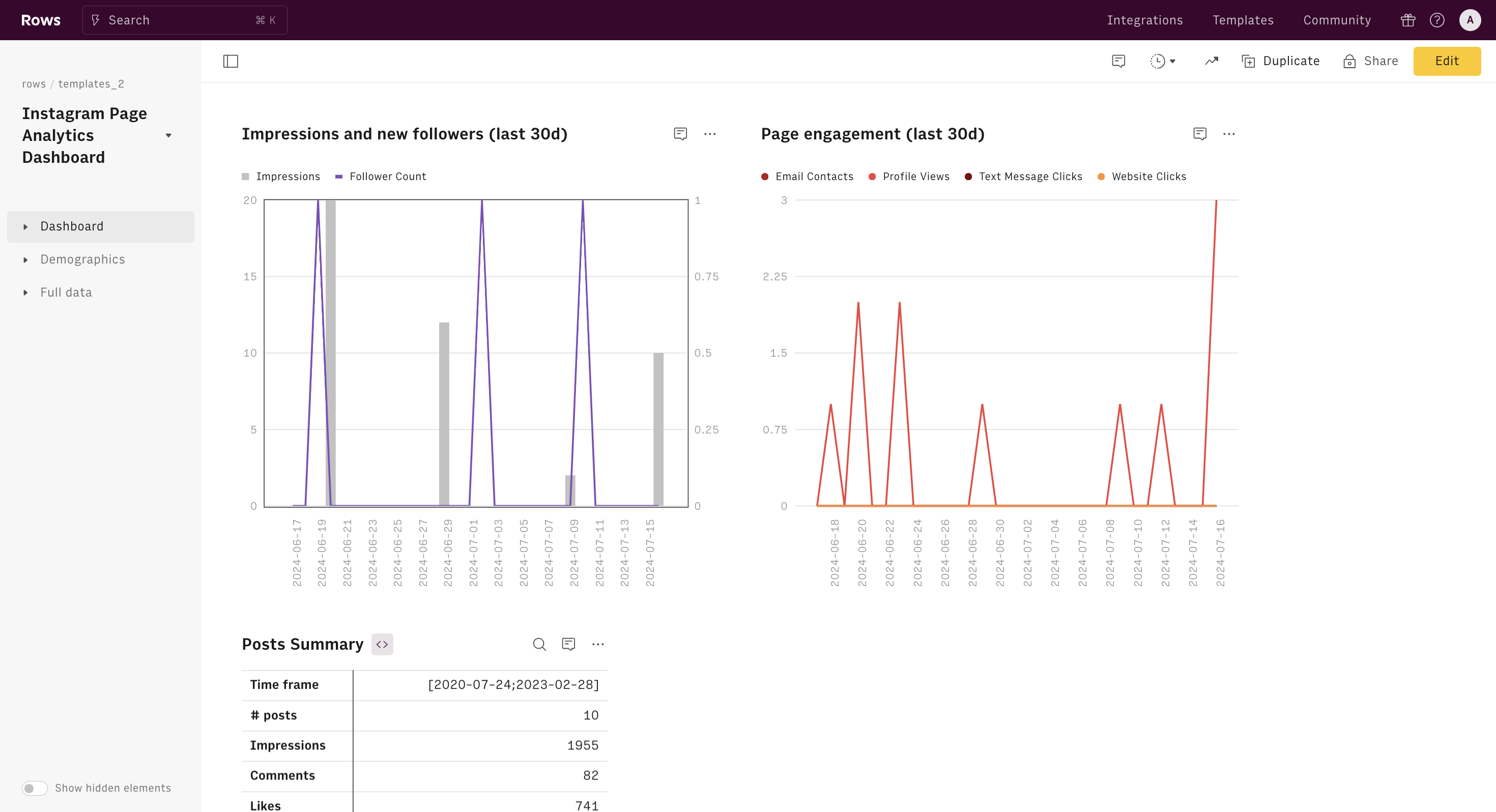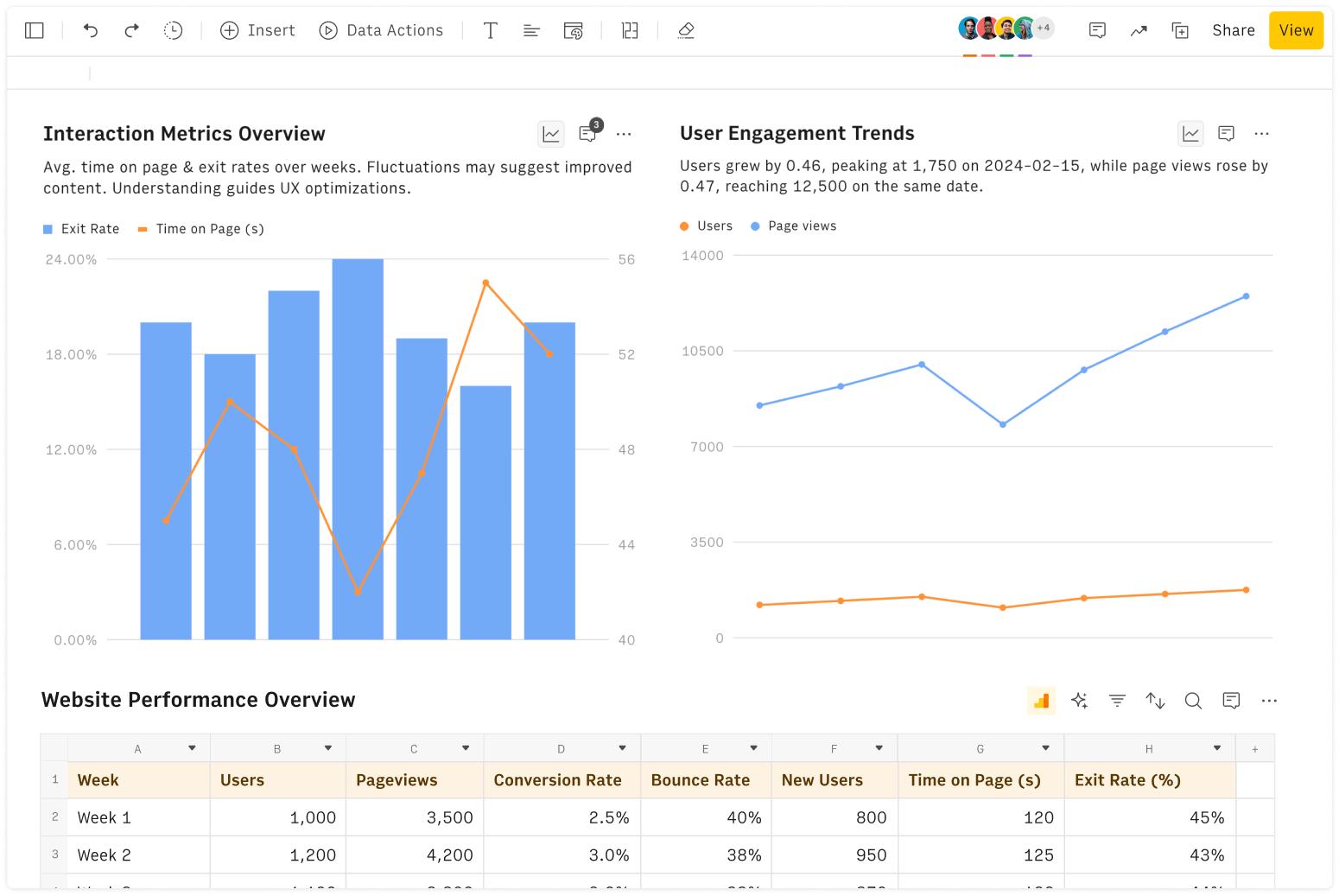What does Bounce Rate mean?
Bounce rate is a critical metric for understanding user behavior on your website. Bounce rate measures the percentage of visitors who leave a website after viewing only one page.
This metric can indicate the effectiveness of your website’s content, user experience, and relevance to your target audience. If you're tracking email campaigns or analyzing your website's performance, calculating your bounce rate provides quick insights that help you make data-driven decisions.
Types of Bounces: Email Bounce Rate vs. Site Bounce Rate
Understanding the different types of bounces is crucial for improving both your website and email campaigns.
Site Bounce Rate: This occurs when a visitor lands on a page of your website and leaves without interacting further—no clicks, no scrolling, no engagement. A high site bounce rate may suggest that the page isn’t meeting visitors' expectations.
Email Bounce Rate: In email marketing, a bounce happens when an email cannot be delivered. There are two main types:
Soft Bounce: A temporary issue, such as a full inbox or a problem with the recipient’s server.
Hard Bounce: A permanent delivery failure, often due to an invalid email address.
How to calculate Bounce Rate?
Calculating the bounce rate is straightforward but varies depending on whether you're analyzing site traffic or email campaigns.
For Site Bounce Rate: The formula is:
Bounce Rate=( Single-Page Sessions / Total Sessions )×100
For Email Bounce Rate: The formula is:
Email Bounce Rate=(Number of Bounced Emails / Total Emails Sent )×100
This will give you the percentage of emails that didn’t reach their intended recipients.
Calculating bounce rate is simple with this calculator. Here's how:
Select the media type— either "Email" or "Website"— and provide the relevant information:
For Website: Enter the total number of single-page sessions and the total number of entries to the page.
For Email: Enter the number of bounced emails and the total number of emails sent.
Why Bounce Rate Is Useful
Understanding your bounce rate can provide valuable insights into your website's performance:
User Experience: A high bounce rate may indicate issues with site design, content quality, or page load speed.
Content Relevance: It helps you gauge if your content meets visitor expectations.
SEO Performance: Search engines consider bounce rate when ranking pages.
Conversion Optimization: Lowering bounce rates can lead to higher conversion rates.
FAQ
What is considered an acceptable bounce rate?
Acceptable bounce rates vary by industry and page type. Generally:
26-40%: Excellent
41-55%: Average
56-70%: Higher than average, but may be okay for certain types of pages
70%+: Disappointing for most websites
Remember, context is key. A high bounce rate isn't always bad – it depends on your page's purpose and industry.
How to Improve Your Bounce Rate
Reducing bounce rate requires a comprehensive approach. Here are some strategies:
Enhance User Experience:
Ensure your website is easy to navigate, and your content is engaging.
Improve Page Load Time:
Slow websites frustrate users and can lead to higher bounce rates.
Optimize for Mobile:
Ensure your website is mobile-friendly, as an increasing number of users access sites via mobile devices.
Targeted Content:
Tailor your content to meet the needs and interests of your audience, making sure it's relevant and informative.
What's the difference between bounce rate and exit rate?
While often confused, bounce rate and exit rate are distinct metrics:
Bounce Rate: Percentage of visitors who leave after viewing only one page
Exit Rate: Percentage of visitors who leave from a specific page, regardless of how many other pages they've visited







